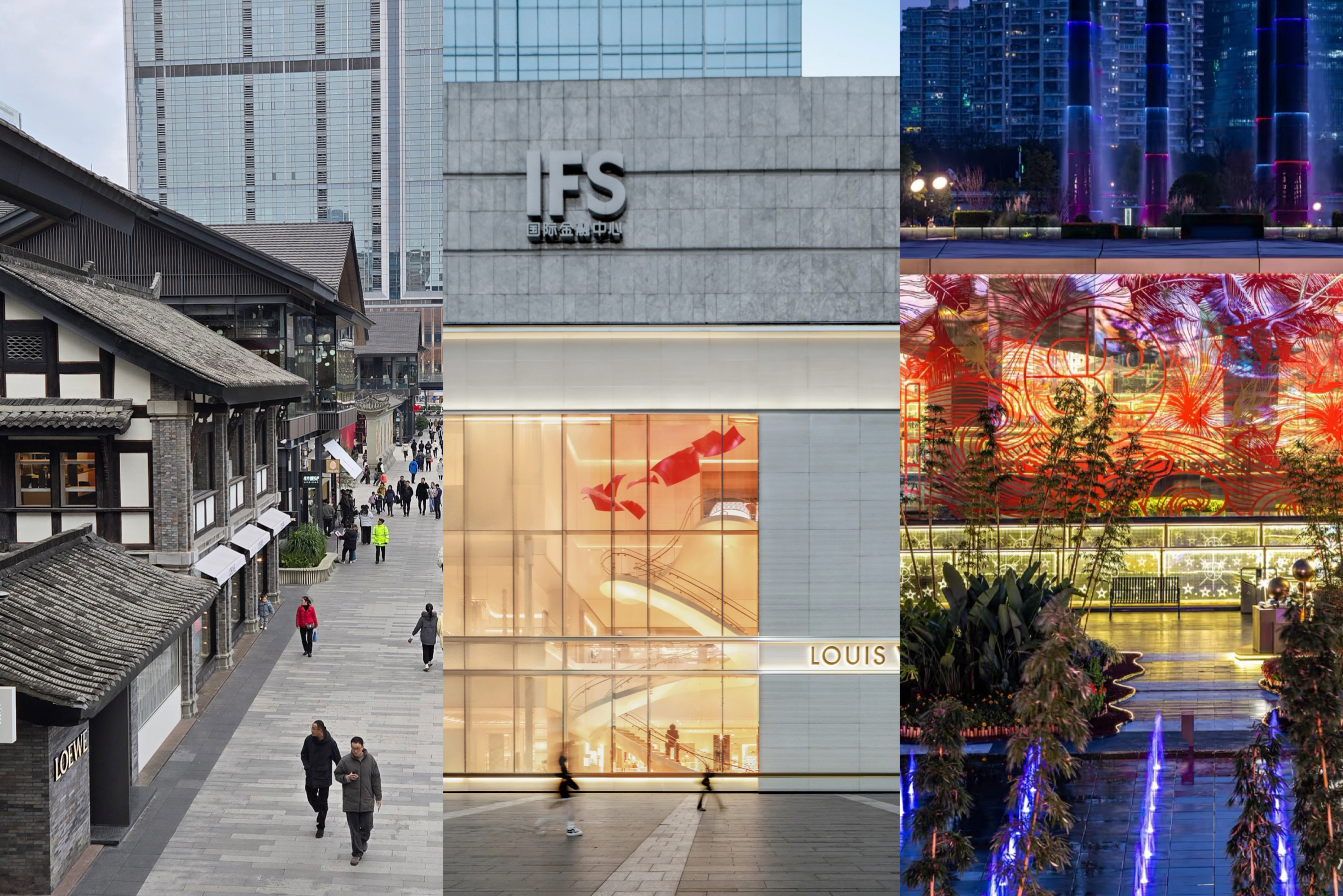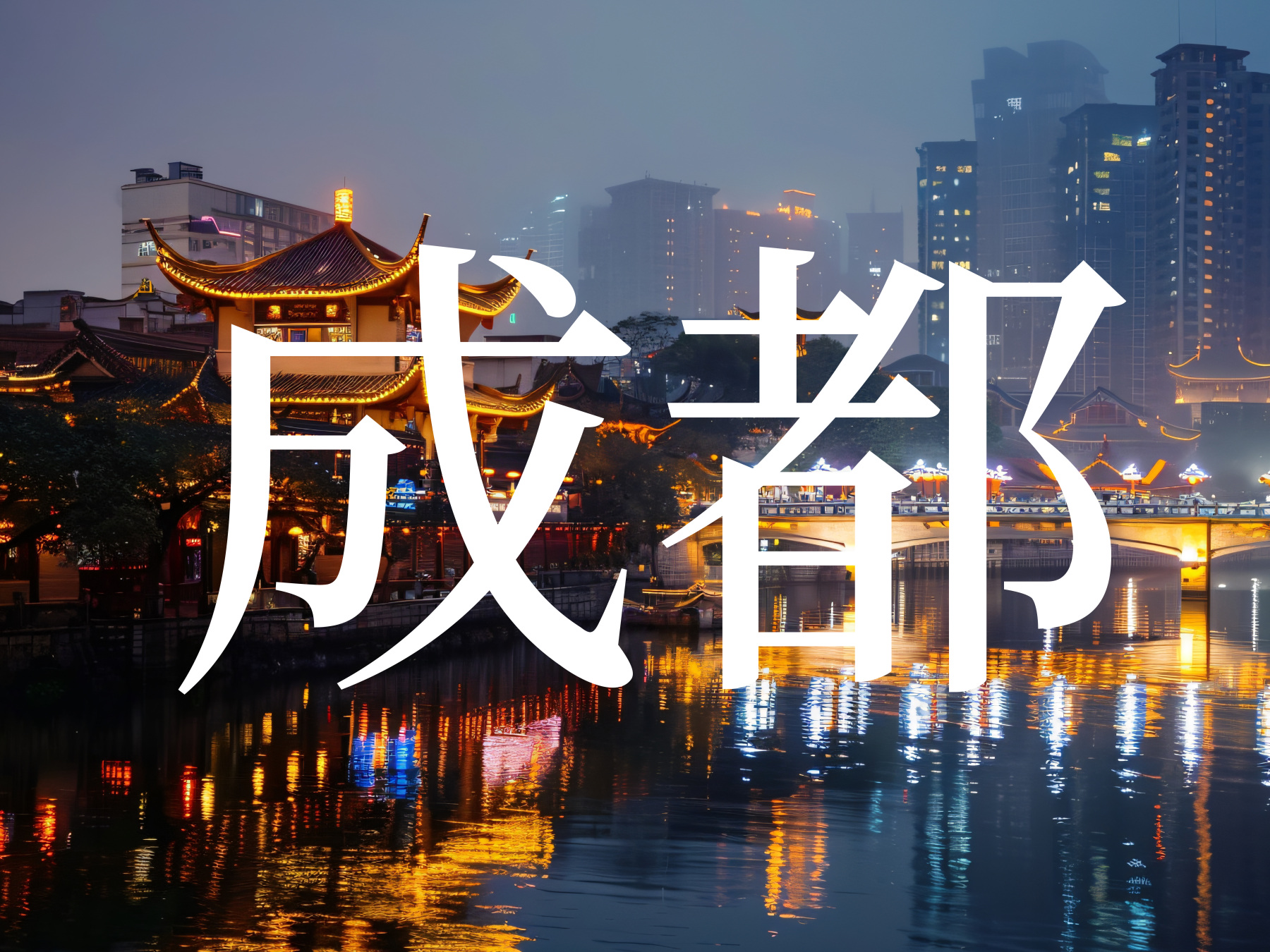In the Chinese market, luxury brands are increasingly prioritizing the exploration of Chinese culture, aiming to identify key touchpoints that genuinely resonate with the cultural sentiments of Chinese consumers and establish a stronger connection with the local market.
Chinese artists are playing an increasingly vital role in this process.
Over the past year, 14 luxury brands—including Hermès, Loewe, Tiffany, Moncler, Longines, Valextra, and Vacheron Constantin—have showcased new collaborations with Chinese artists.
Luxe.CO has taken a deep dive into the details of these collaborations and found that both the content and form of these partnerships have reached new levels of innovation. Some brands are moving beyond superficial symbolic expressions, striving to discover fresh perspectives and engage in deeper dialogue with Chinese consumers. These partnerships highlight the value of profound cultural exchange and reflect a greater commitment from luxury brands to promote the dialogue between traditional Chinese culture and contemporary art.
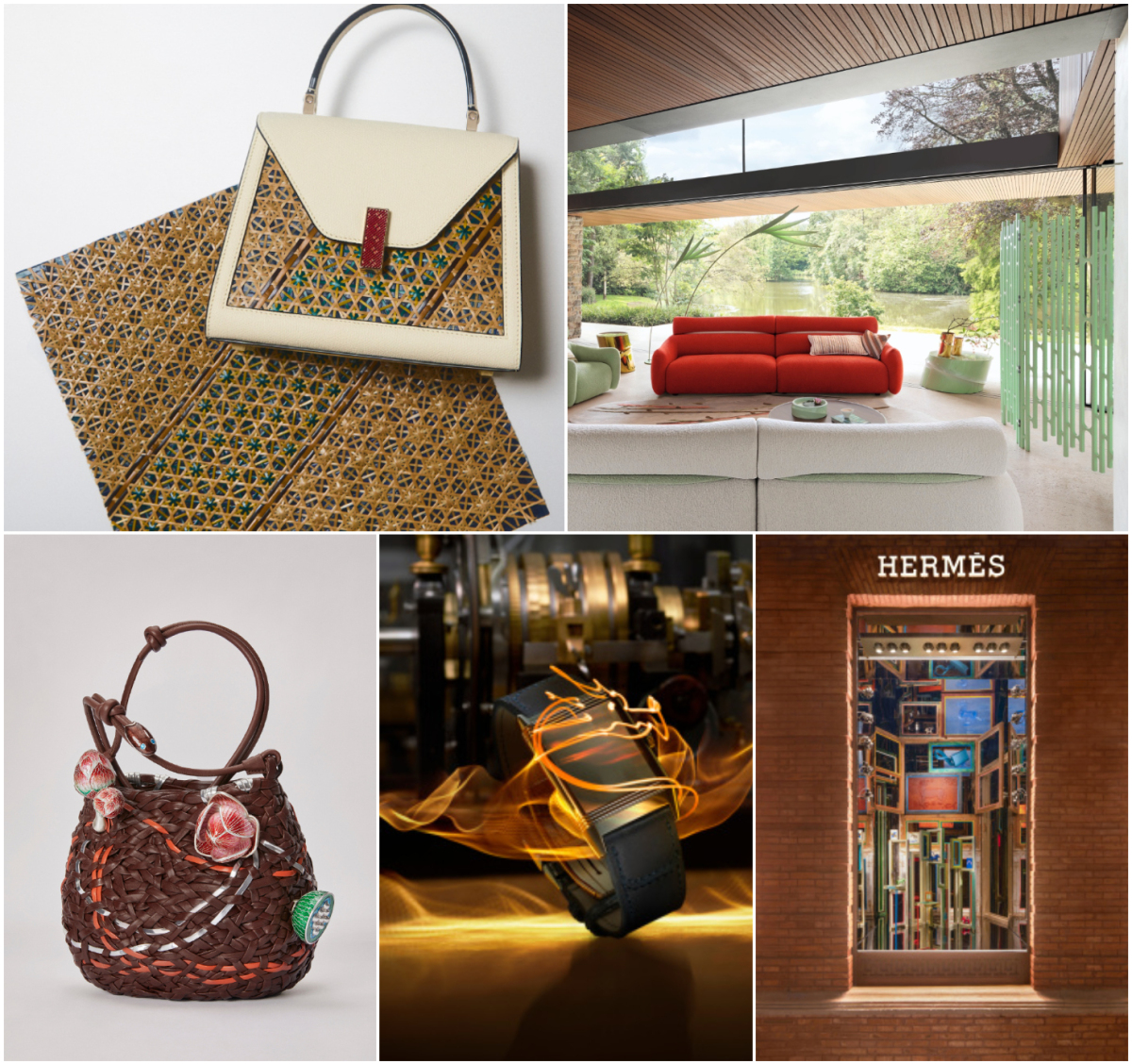
Balancing Traditional Motifs with Expressive Essence
Chinese fine arts, with their vast depth and unique system, are a treasure trove for international luxury brands. As they deepen their exploration of these resources, luxury brands are now seeking to move beyond visual representation and delve into the metaphysical roots of Chinese culture.
In terms of visual elements, traditional patterns and festive symbols have long served as key entry points for luxury brands collaborating with Chinese artists. Especially during traditional festivals, the use of zodiac signs and auspicious motifs adds an Eastern charm to their designs.
Recent examples include Spanish luxury brand Loewe’s collaboration with arts and crafts master Xiong Songtao for the 2025 Year of the Snake Lunar New Year limited collection, themed around auspicious elements such as snakes, monkeys, clouds, and lotus flowers. Swiss haute horlogerie brand Longines partnered with contemporary artist Wu Jian’an to feature the “Divine Serpent Offering Treasure” totem on the caseback of its Conquest Heritage Year of the Snake limited edition watch. French luxury brand Louis Vuitton worked with young Chinese mural artist Wen Na, reinterpreting the LV Trainer using wave and auspicious cloud painting techniques inspired by mural art.
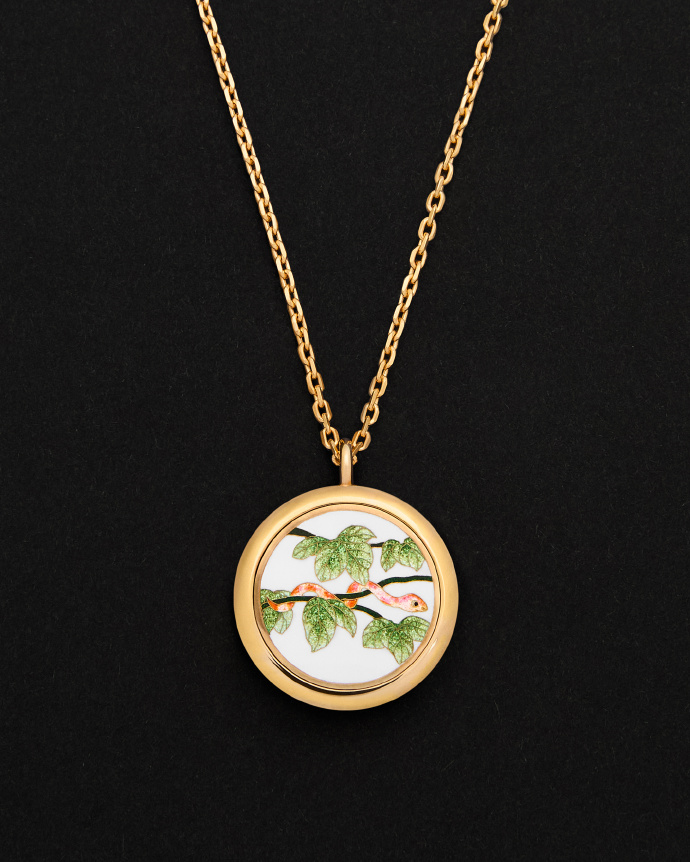
Above: Loewe Cloisonné Fine Jewelry Collection

Above: Longines collaborates with Wu Jian’an on the Conquest Heritage Year of the Snake limited edition watch
On the other hand, some Chinese artists are integrating abstract Eastern worldviews into their artistic creations, offering luxury brands new perspectives in artistic expression.
For example, in the window display of Swiss luxury watch brand Vacheron Constantin’s flagship store at Taikoo Hui in Guangzhou, artist Zhang Junjie used curved and circular bamboo weaving sculptures to express the Eastern concept of “wholeness and harmony,” extending the brand’s annual theme “From Geometry to Artistry®” into an Eastern context. Vacheron Constantin explains: “‘Circle’ originally symbolized the concept of a round sky and square earth—a cosmological belief of ancient China and a unique interpretation of life philosophy.”
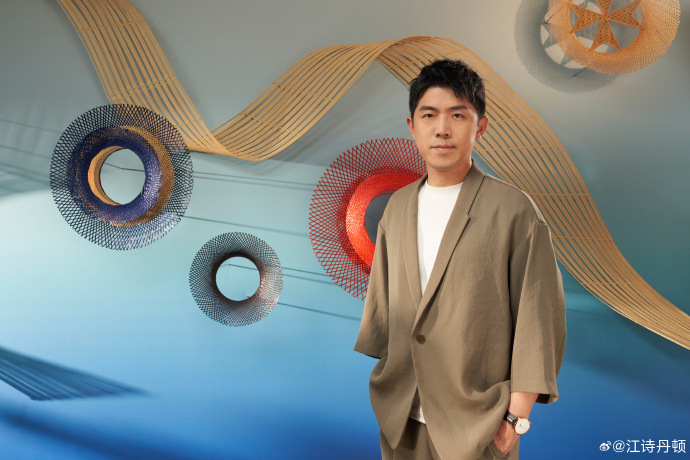
In a collaborative Lunar New Year project for 2025 between French luxury conglomerate Kering and Chinese contemporary artist Jiang Miao, the artist used acrylic carving techniques to depict the Eastern philosophies. Jiang explains: “The dots, lines, and planes in the painting spiral and converge sequentially, embodying the Taiji (yin-yang) concept from which all things derive, symbolizing the cyclical flow of life.”

In the Moncler X Lulu Li capsule collection by Italian luxury brand Moncler and artist Li Xinlu, the collaboration aims to convey “the profound imprint of ancient Chinese cultural essence” and the ideas of Zen Buddhism.

In the “BAMBOO MOOD” furniture collection for French high-end home brand Roche Bobois, created by artist Jiang Qionger, no actual bamboo material was used, yet the spirit of bamboo was vividly expressed through form. As Jiang explained to Luxe.CO: “Nature has been the medium of conversation for the Chinese people for thousands of years. The poetic rhythm in bamboo’s form is something people intuitively feel, without needing explicit explanation.” These examples show that luxury brands are not only borrowing concrete patterns and symbols, but are also attempting to deeply understand and integrate Chinese culture through the lens of local artists.

Above: Through the “BAMBOO MOOD” collection, Jiang Qionger expresses different rhythms of bamboo. She describes the low table as resembling a bamboo shoot emerging from the ground, the sofa as a wind-bent stalk, and the carpet patterns as dancing bamboo leaves stirred by the breeze.
These collaborations affirm that partnerships between luxury brands and Chinese artists are evolving from visual borrowing to spiritual dialogue. The deeper cultural integration not only infuses brands with fresh creative vitality but also opens new avenues for the global dissemination of Chinese culture.
Exploring the Intersection of Chinese Elements and Brand Identity
Many luxury brands are committed to shaping and reinforcing their signature symbols—an important strategy for enhancing brand recognition and building brand equity.
In their efforts to engage with Chinese consumers, luxury brands are reinterpreting their iconic symbols within a Chinese cultural context. By weaving in local cultural nuances, they aim to embed a deeper brand memory in the minds of Chinese consumers.
For example, during the Year of the Snake Lunar New Year, British luxury brand Burberry collaborated with intangible cultural heritage inheritor and bamboo weaving artist Qian Lihuai to create a series of bamboo art pieces, including a recreation of Burberry’s iconic check pattern using bamboo. Qian noted, “Burberry’s distinctive texture and colors share a fascinating similarity with the patterns in bamboo weaving.”

American luxury jeweler Tiffany partnered with interdisciplinary artist Wang Lingchen to create two Dehua white porcelain sculptures inspired by serpentine forms. The glazed surfaces reflect the brand’s iconic Tiffany Blue.
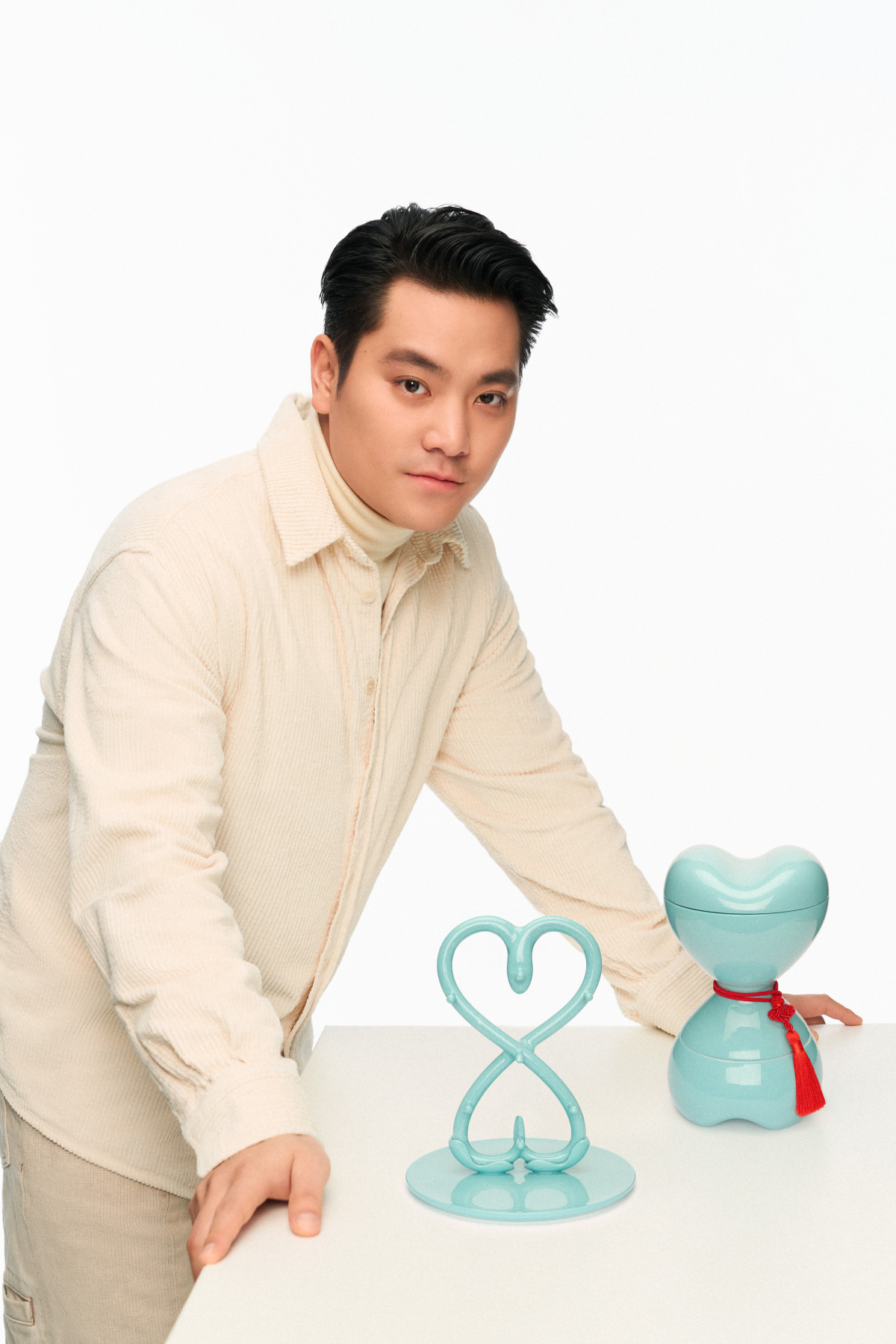
At the “DIOR LADY ART #9” limited-edition artist collaboration exhibition in Shanghai, French luxury brand Dior invited Chinese artist Liang Yuanwei to reinterpret the LADY DIOR handbag. She infused the piece with the unique sky-blue hue characteristic of Song Dynasty Ru ware.
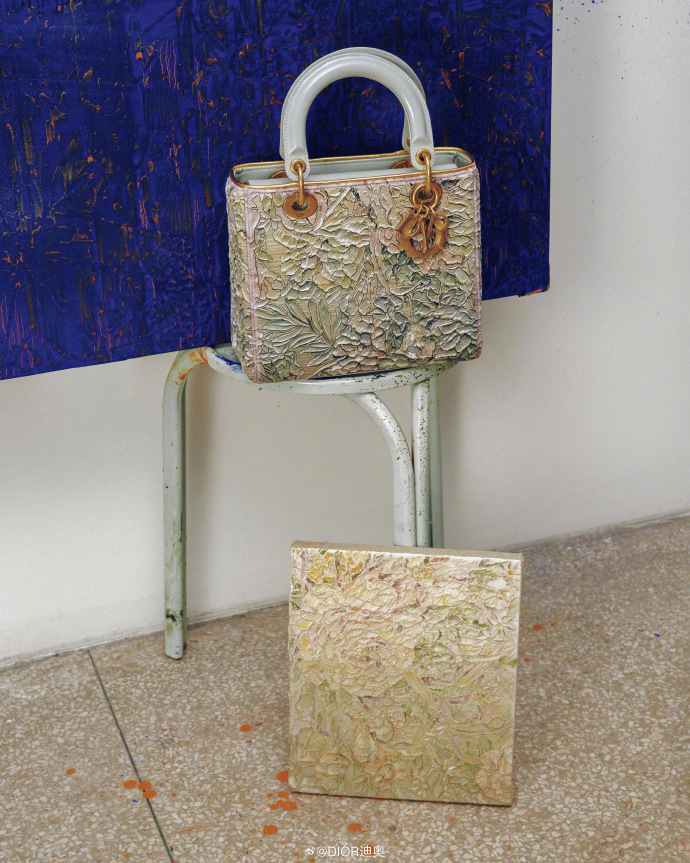
At the “Window in the Window” solo exhibition by artist Song Dong at Hermès Maison in Shanghai, traditional Chinese tales inspired a series of equestrian-themed patterns for French luxury brand Hermès. These included motifs such as “Dragon-Horse Bearing the Diagram (direct translation),” depicting a mythical creature carrying the Eight Trigrams, and “Flying Horse Stepping on a Swallow,” which captures the dynamic moment of a galloping steed.
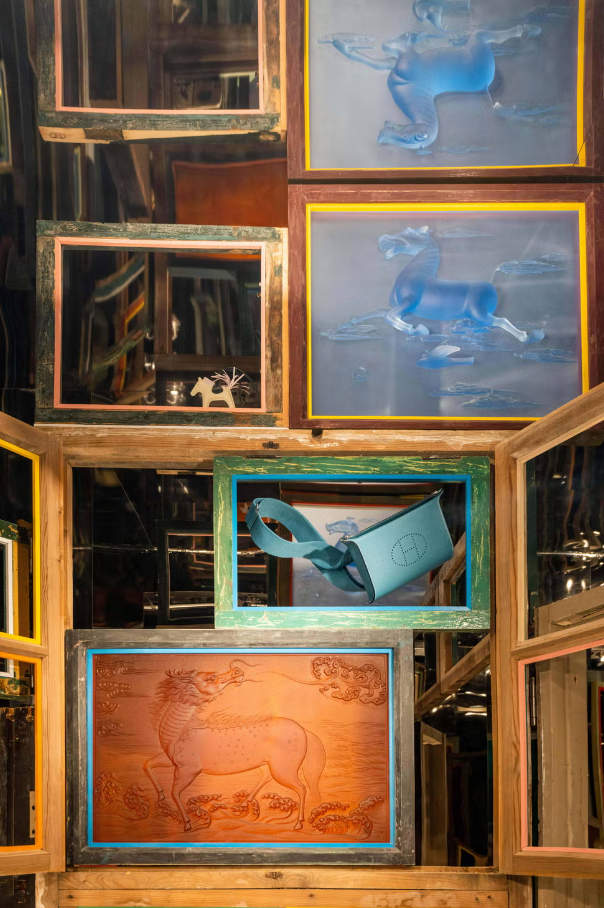
These creative collaborations with Chinese artists have not only refreshed the visual identity of these luxury brands but have also deepened the connection between the brands and Chinese culture.
Delving into Urban Humanities to Enrich Narrative Depth
In reality, regardless of the aesthetic elements or traditional crafts they adopt, these artistic expressions serve as vehicles for deeper emotional and narrative resonance. The emotional bond between people and their land is irreplaceable. The diverse cultural landscapes across the Chinese Mainland not only inspire luxury brands artistically but also provide windows into meaningful dialogue with local consumers by focusing on the customs and essence of specific cities and regions.
Last year, Loewe opened a brand space in the historic Gao Residence at Taikoo Li Chengdu, collaborating with local digital artist Jiang Zongbo to create a custom video installation for the store. The work was inspired by local symbols of Chengdu’s lifestyle and culture—such as pandas and mahjong—showcasing the city’s unique charm.
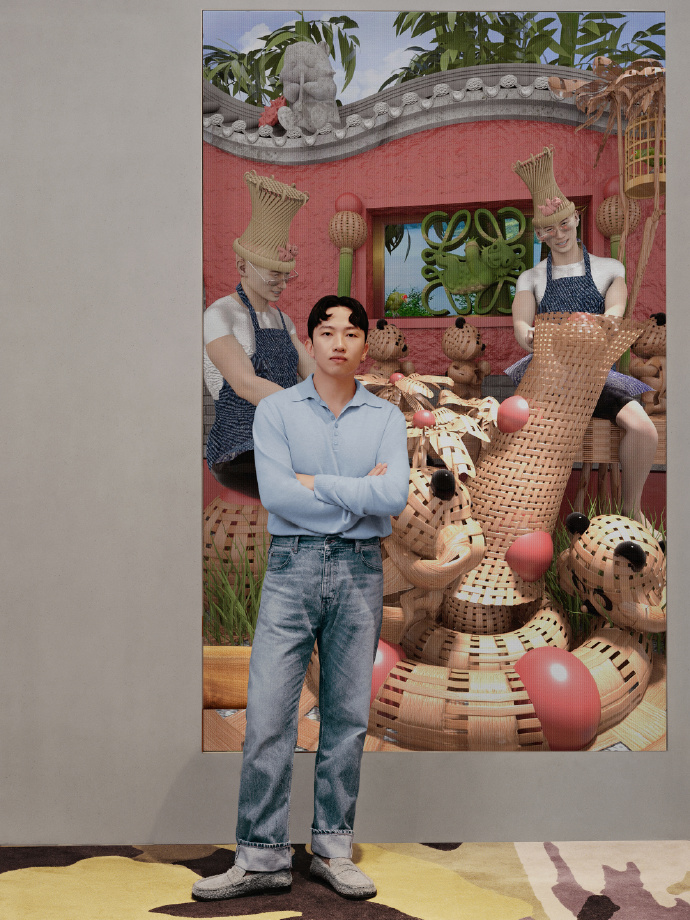
At Hermès Maison in Shanghai, artist Song Dong’s themed window display “Window in the Window” was composed of recycled old window frames salvaged from urban ruins, reassembled into kaleidoscopic art installations. These timeworn windows evoked the nostalgic spirit of old Shanghai, stirring emotional memories of the city’s past.

Italian leather goods brand Valextra’s collaboration with bamboo artist Qian Lihuai drew inspiration from architectural motifs in both the artist’s and the brand’s hometowns. The project abstracted the windows of Wuzhen’s traditional architecture and Milan’s cathedral into bamboo weaving art, which was then incorporated into the design of two handbags. The brand described this collaboration as a dialogue between Milanese urban style and the poetic essence of the Jiangnan water towns.

Innovation rooted in local culture is reshaping how luxury brands craft their narratives in the Chinese market. Brands are not only finding more abundant creative material from China’s vast landscapes, but more importantly, they are embedding themselves within the cultural fabric of Chinese cities, touching the emotional worlds of their consumers.
Balancing the Preservation of Tradition with the Stimulation of Modern Creativity
The unique charm of Chinese art lies not only in its rich historical heritage but also in its resilience and vitality amid changing times. Through collaborations with Chinese artists, luxury brands have cultivated their image as patrons and pioneers of the arts—championing innovative forms of artistic expression while also embracing a sense of social responsibility in promoting international cultural exchange.
Some brands go a step further by providing resources and platforms for long-term support, creating opportunities for artists to showcase their work. For example, in celebration of the 60th anniversary of diplomatic relations between China and France last year, French luxury brand Chanel supported the inclusion of works by 15 emerging Chinese artists in the permanent collection of the Centre Pompidou. This initiative led to the center’s first research-driven exhibition focused on contemporary Chinese art—the group show titled Mirrors of China.
Hermès not only invited artist Song Dong to design a window installation at its Shanghai Maison Hermès but also offered the store’s fourth floor as a space for Song’s solo exhibition.
These collaborations reflect both a dedication to preserving and passing on traditional Chinese art, as well as the creative collision between Chinese elements and contemporary art.
For instance, Loewe has worked with several Chinese arts and crafts masters, showcasing traditional techniques such as cloisonné, jade carving, and monochrome glaze in their purest form, while also drawing inspiration from these traditions for reinterpretation, resulting in a range of inventive new product designs.

Above: Cloisonné Nest bag from Loewe’s limited-edition collaboration with Chinese crafts master Xiong Songtao
Swiss haute horlogerie brand Jaeger-LeCoultre collaborated with artist Wang Sibor, known for promoting Chinese culture through light painting, to produce a stop-motion animation Time-Painted Dragon and a series of dragon-themed visual artworks including 龘 (Dá), 叒 (Ruò), and 燚 (Yì). Together, they innovated in the use of time-lapse photography, developing entirely new miniature light tools scaled to the size of a watch.
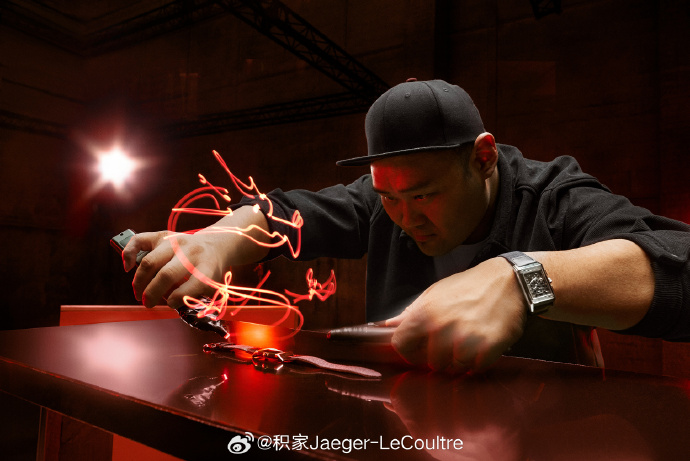
More and more brands and artists are also embracing cutting-edge digital technologies to promote traditional culture.
For example, in Burberry’s collaboration with Qian Lihuai, they launched a WeChat Mini Program that offers an interactive digital game, allowing users to color in bamboo weaving patterns such as snowflake weave, double-leaf weave, bauhinia weave, Song brocade weave, and bamboo motif weave—inviting the public to experience the beauty of bamboo craftsmanship.
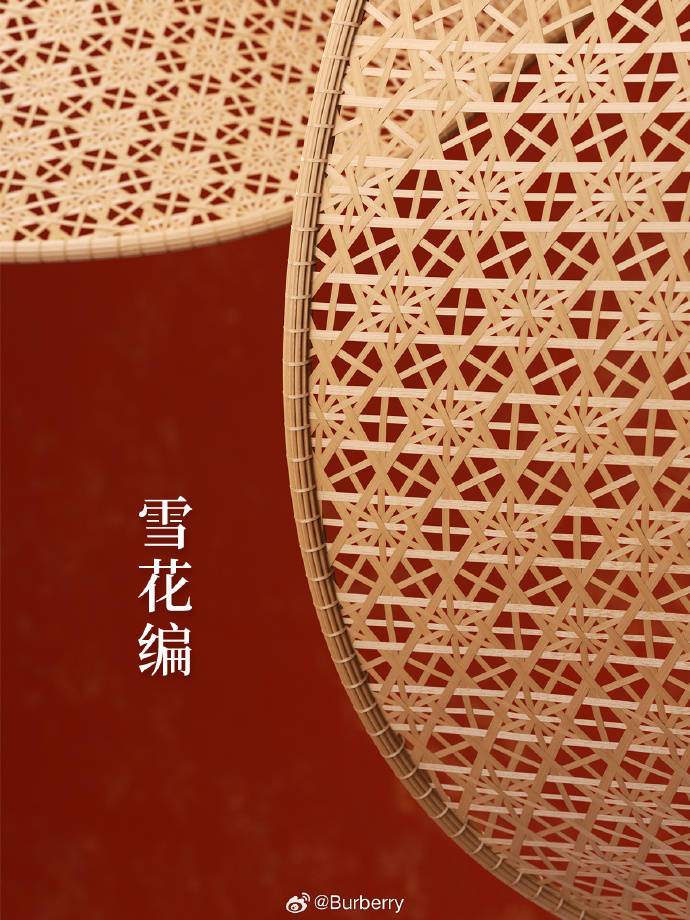
In the collaboration between Moncler and Lulu Li, tools like Midjourney were used to help the artist transform abstract philosophical concepts rooted in Eastern thought into tangible works of art.
These fresh and innovative practices are fostering multidimensional dialogue between tradition and modernity, East and West. They are injecting new vitality into both the art world and the luxury industry while also attracting broader public attention.
By deepening their collaborations with Chinese artists, luxury brands continue to strengthen their ties with Chinese culture. While expanding their own global narratives, they are also opening up new imaginative realms for Eastern aesthetics.
| Image Credit: Official websites and Weibo accounts of the respective brands
| Editor: Zhu Ruoyu

